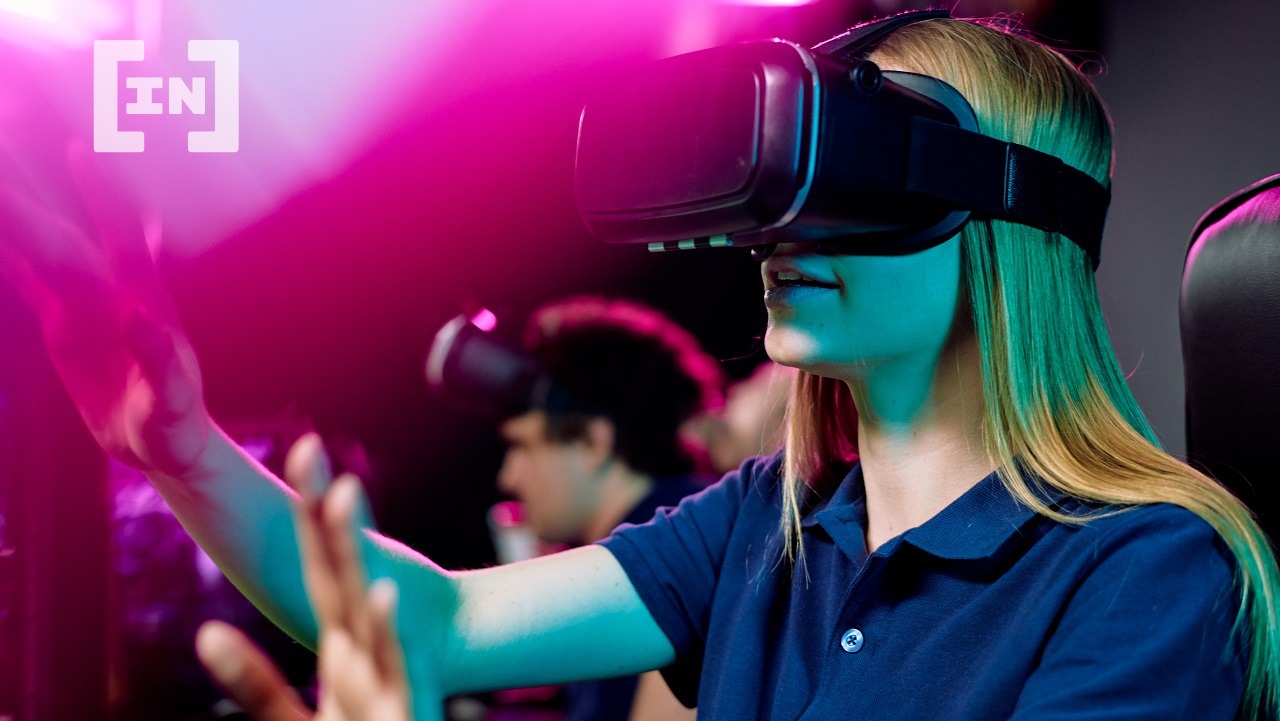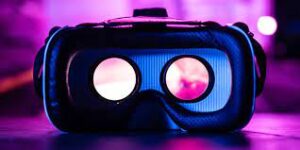
Virtual reality, also known as VR, is a type of computer technology that gives the user the feeling that they are in a different place. It can be used in many different applications, from creating immersive gaming experiences to enhancing museum spaces. In addition to adding new value to a museum or other space, virtual reality London can also be a valuable tool for the UK manufacturing industry.
VR is a type of computer technology that makes you feel like you are somewhere else
Virtual reality is a new type of technology that uses computer technology to make you feel like you are in another place. The mobile app development agency works by sending signals to a computer to create images and sounds that simulate the real world. These signals are displayed on a screen that is part of the VR goggles or headset.
Users wear a special VR headset that blocks out the real world and only displays the virtual world. In addition, they must have special input devices to interact with the virtual world. Some of these devices include wired gloves and motion controllers. In addition, some devices use infrared cameras and optical tracking systems to measure hand motion.
This technology is proving to be very useful for many different applications. For example, the technology can help people with phantom limb pain, stroke patients, and people with various psychiatric conditions. It is also used for rehabilitation.

It adds value to a museum space
While VR is an innovative way to enhance museum spaces, there are some limitations to this technology. Its lack of accessibility is a significant drawback, as it deprives disabled visitors of the full museum experience. It may also supplant other means of interpretation, which can be difficult to accommodate. Also, four participants cited difficulty in using VR for children, a concern that could cause confusion for museum professionals.
The use of VR in museums has the potential to enhance education, community engagement, and immersion in the collection. It can also help visitors “time travel” to experience historical events. In some cases, VR allows users to use a painting that depicts a historical event as a starting point. Once in the VR world, they can explore the painting’s background and provenance.
Virtual reality London is also affordable, which makes it an attractive option for many museums. Museums must invest in staff and equipment, but the investment can be worth the results. The technology can also be incorporated into existing exhibits and galleries. Museums should have a clear value proposition to appeal to diverse audiences.
It can be used to create immersive gaming experiences
Virtual reality (VR) is an emerging technology for creating immersive gaming experiences. It utilizes a headset with a 3D display and stereo headphones to put the user in an entirely new world. While the headset blocks out the peripheral vision, it accurately projects stereo images to the user’s eyes. This allows the user to explore an infinite virtual world through sight, sound, and touch.
The technology first gained public attention during the 1990s. In fact, many people compared VR to the Wright Brothers’ invention of the airplane. In 1990, Jonathan Waldern showed off his prototype at a computer graphics exhibition. The prototype was an arcade machine equipped with a VR headset that tracked head movement. A few years later, the Sega VR-1, a VR arcade game, came to the market. The game featured 3D polygon graphics in stereoscopic 3D.
Another use for VR is in advertising. It allows advertisers to change the dynamic between consumers and brands. VR can also be used in museums to enhance visitors’ experiences. Users can easily experience virtual reality experiences by using a mobile device, a projector, a headset, or a web browser. In fact, the National Museum of Natural History in Paris has a permanent VR installation that allows visitors to explore different animal species. It simulates observations of different animals in their natural habitats.

It can be a tool for the UK manufacturing industry
The Government has set up a new strategy to support the growing VR industry. The Secretary of State for Culture, John Whittingdale, has visited software company The Foundry and said that the UK has the potential to be a world hub for VR content. According to government figures, the creative industry contributes PS10m to the UK economy every hour.
Immersive technologies are expected to be a $160 billion industry within the next three years. They are fast becoming essential tools for advanced manufacturing. According to a report by the High-Value Manufacturing Catapult, based on interviews with manufacturers, these technologies can improve productivity, reduce waste, and improve education and training.
A recent example of how virtual reality can help the UK manufacturing industry is the Ventilator Challenge. This project involved training thousands of employees in a fast-paced and scalable environment. The consortium included Formula 1 car manufacturers in the UK and Hololens 2 devices were deployed across multiple factories. The technology allowed the training to be scaled up quickly, and over three thousand people were trained to produce the ventilators.





